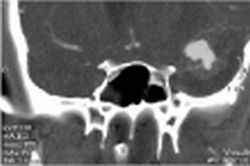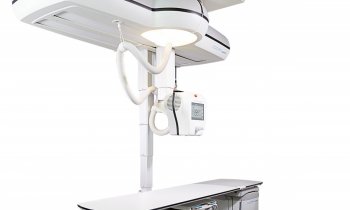Three-Dimensional Angiographic Imaging of Intracranial Aneurysms
In the Caucasian population, subarachnoid hemorrhage (SAH) due to a ruptured intracranial aneurysm is seen with an incidence of 6 to 8 per 100,000. In some specific countries such as Finland and Japan these numbers rise to 20 per 100,000. 60% of patients presenting with an aneurysmal SAH are female. The presenting symptoms are: thunderclap headache in combination with (temporary) loss of consciousness, a neurological deficit or nugal rigidity. Of 100 patients presenting with an SAH, 15 will die before reaching the hospital and another 15 will die within the first 24 hours in hospital. If left untreated, the risk of a second hemorrhage within the first three weeks is approximately 40%. The main goal, therefore, is to treat the ruptured aneurysm as early as possible to prevent a second SAH (rebleeding) and to allow aggressive treatment of secondary cerebral vasospasm. Vasospasm can occur in approximately 50%of cases after a SAH and can result in cerebral ischemia. If a rebleeding occurs before treatment, this will result in death or dependence in about 80% of patients.

This article was first published in the VISIONS, issue 08/2005, a publication of Toshiba Medical Systems
19.07.2007











